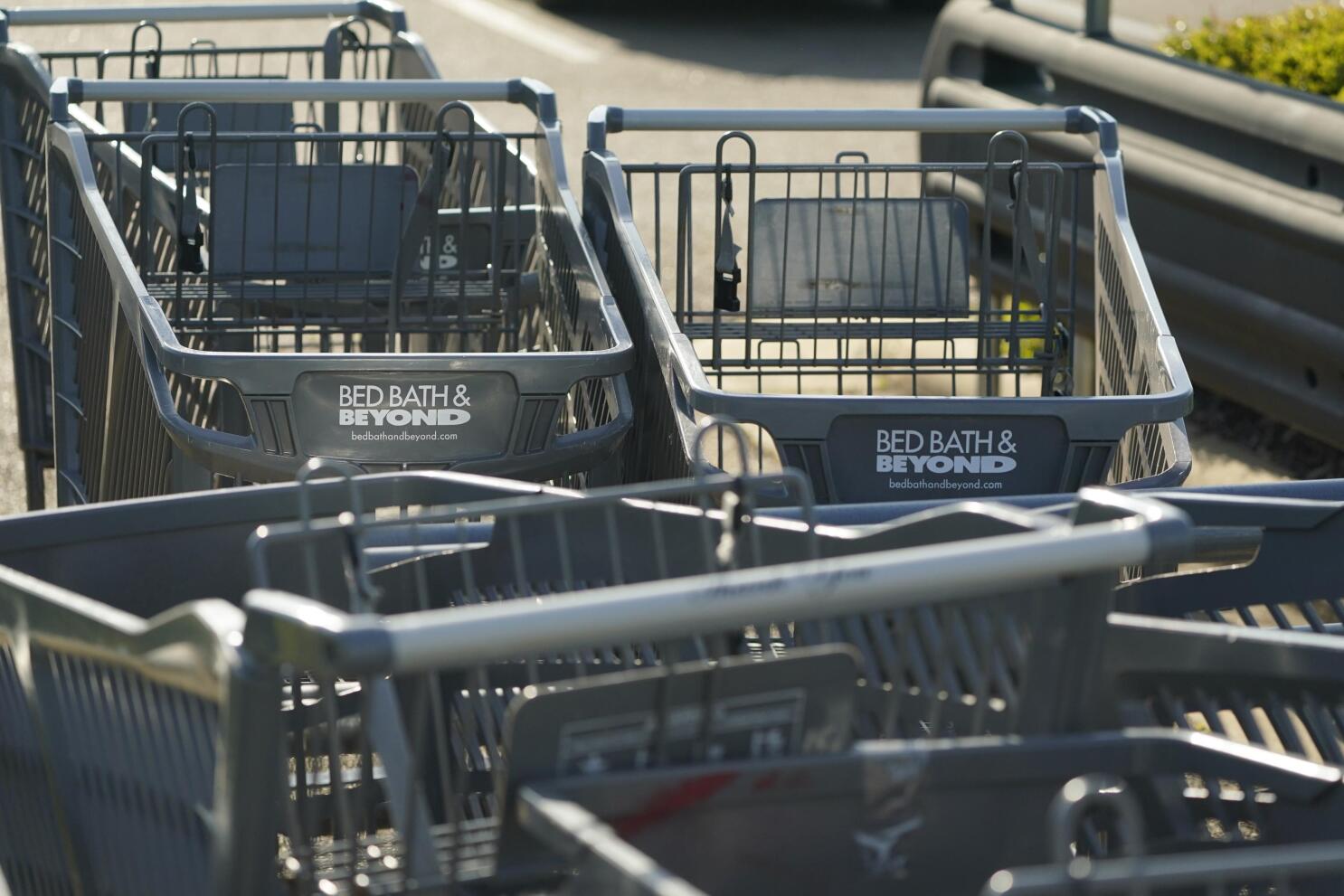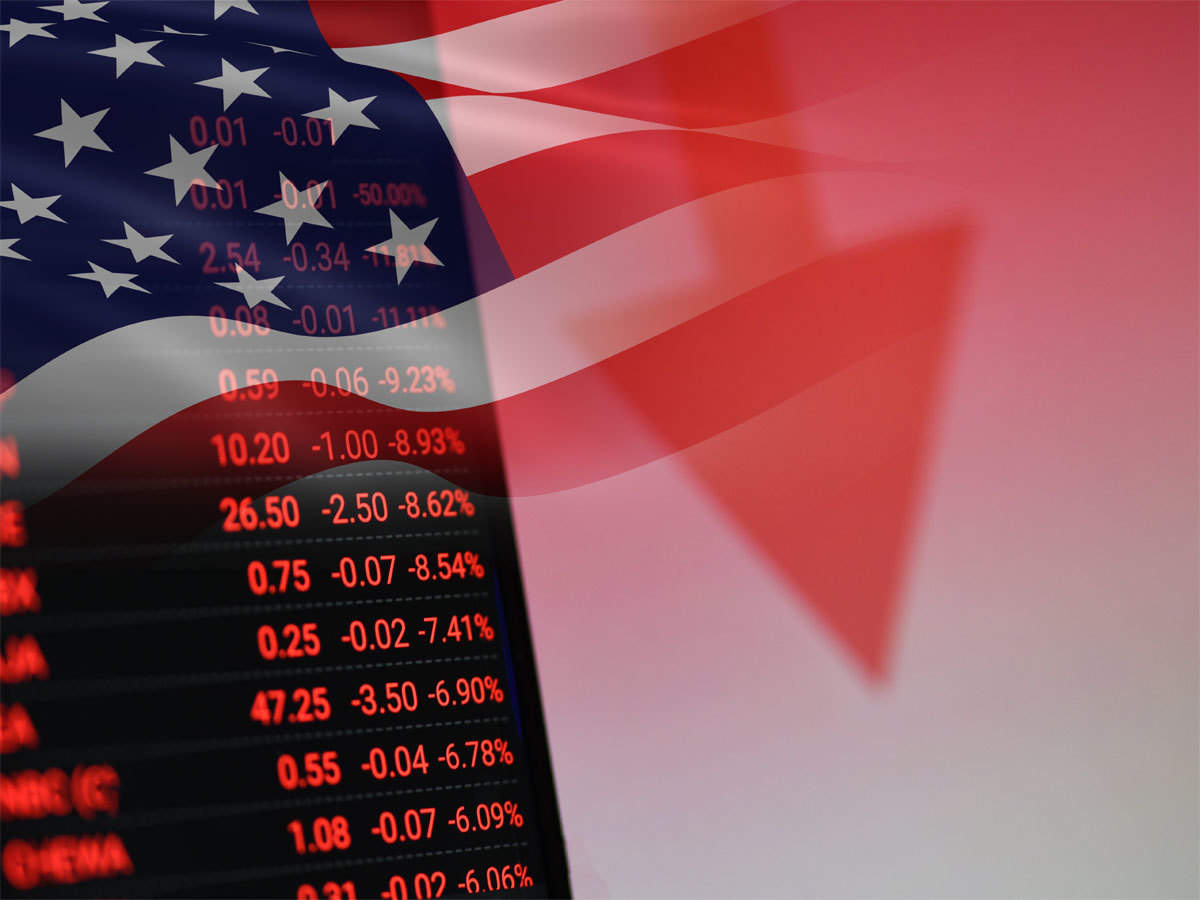U.S. Economy, Recession Concerns
Defining recessions accurately remains a challenging task, leaving observers often debating whether the economy is already in a downturn or merely experiencing a temporary slowdown within an ongoing expansion.
In the United States, the National Bureau of Economic Research (NBER) adopts a more flexible approach, looking for significant declines in economic activity that spread across the economy for an extended period.
Currently, the U.S. economy appears to be teetering on the edge between a mid-cycle soft patch and a potentially more pronounced recession, with the manufacturing sector already showing signs of distress.

Manufacturing Downturn and Service Sector Growth
The industrial side of the U.S. economy, including manufacturing and freight transportation, has been experiencing a substantial and prolonged downturn since November 2022.
Indicators like container freight, diesel consumption, and industrial electricity sales have confirmed this decline. On the other hand, the larger service sector has managed to maintain marginal growth, preventing the economy from slipping into a full-blown recession. The Institute for Supply Management’s (ISM) service sector index in April stood at 51.9, indicating expanding activity, while the manufacturing sector index was at a mere 47.1.
Consumer Spending and Income Gains
Amid the slowdown in business investment and efforts to reduce excess inventories, consumer spending has been instrumental in supporting the economy. Households have been able to sustain spending due to rising employment, cost-of-living adjustments to wages and salaries, and tax cuts. Real personal incomes less transfer payments increased by 1.7% in the first three months of 2023 compared to the same period the previous year.
The rotation of spending from merchandise back to services following the pandemic and mobility restrictions has also contributed to the growth of some parts of the services sector. Additionally, reduced gasoline prices have eased the pressure on household budgets.
Impending Credit Conditions and Slowing Growth
While employment in both manufacturing and the services sector continues to grow, the rate of growth is decelerating. Interest rates are on the rise, and credit conditions are expected to tighten for households and firms following the regional banking crisis. This could further affect spending patterns and economic growth.
Recessions as Narratives
Economist Robert Shiller likens recessions to narratives that spread through the economy, influencing decisions to spend less, delay investments, or hold back on hiring.
In the past nine months, some of these recessionary narratives have gained prominence, signaling a potential further slowdown in the business cycle. Many corporations are now prioritizing efficiency, cost control, and margins over growth, while investment is slowing, and layoffs are becoming more common in certain sectors.

Central Bank’s Growing Dilemma
Historically, central banks have responded to recessions or soft patches by cutting interest rates to stimulate spending. However, the current economic landscape presents challenges, as unemployment is at multi-decade lows, employment costs are rising, and the economy’s spare capacity is limited. As a result, central bank policymakers may prioritize inflation control over supporting growth.
The Global Economy
The global economy is facing unprecedented challenges as it grapples with a convergence of crises, each leaving a significant impact on economic stability. From the devastating effects of the pandemic to geopolitical tensions arising from the Ukraine-Russia crisis and the fragility exposed by the U.S. banking and other financial crises, the world finds itself in a precarious state.
This amalgamation of events has created a complex web of uncertainties, leading to a slowdown in economic growth and raising concerns of a looming recession, or are we in the midst of it already?
The Lingering Impact of the Pandemic
The COVID-19 pandemic dealt a severe blow to economies worldwide, resulting in widespread lockdowns, travel restrictions, and disruptions to supply chains.
Although the pandemic is almost over, and countries have made significant strides in vaccination efforts and easing restrictions, the emergence of new variants has led to prolonged challenges in containing the virus.
This ongoing struggle has hampered economic revival, particularly in sectors reliant on physical interaction, such as tourism, hospitality, and retail. The pandemic’s scars continue to impede global economic recovery, perpetuating recessionary pressures.
Geopolitical Tensions and the Ukraine-Russia Crisis
Geopolitical tensions between Ukraine and Russia have escalated, creating uncertainties in global markets. The conflict has significantly disrupted trade routes, energy supplies, and investor confidence, triggering fluctuations in commodity prices and financial markets.
As countries navigate the geopolitical landscape with caution, trade disruptions and geopolitical risks pose significant headwinds to the global economy’s stabilization efforts.
Fragility Exposed by Banking and Financial Crises
The financial sector is grappling with its vulnerabilities, exposed by events such as the regional banking crisis in the United States and similar crises in other parts of the world.
As financial institutions grapple with potential defaults, liquidity challenges, and asset price fluctuations, there are fears of spillover effects that could lead to a broader financial crisis. Market participants and regulators are closely monitoring the situation, yet the risk of financial instability continues to loom, adding further strains to the already delicate global economic climate.
The Last Bit,
The U.S. economy is facing a critical juncture, with the manufacturing sector already deep in a downturn and the service sector treading on the brink of recession. Although consumer spending and income gains have provided some resilience, impending credit conditions and slowing growth pose significant challenges. As the narratives of recession gain traction and inflation concerns loom, policymakers will need to carefully navigate their strategies to ensure stability and sustain economic momentum.
The global economy, too, finds itself navigating treacherous waters as it confronts the aftermath of the pandemic, geopolitical tensions arising from the Ukraine-Russia crisis, and the vulnerability exposed by banking and financial crises. The cumulative impact of these events has pushed the world into a recessionary mode, with uncertainty prevailing over short-term prospects for recovery.




